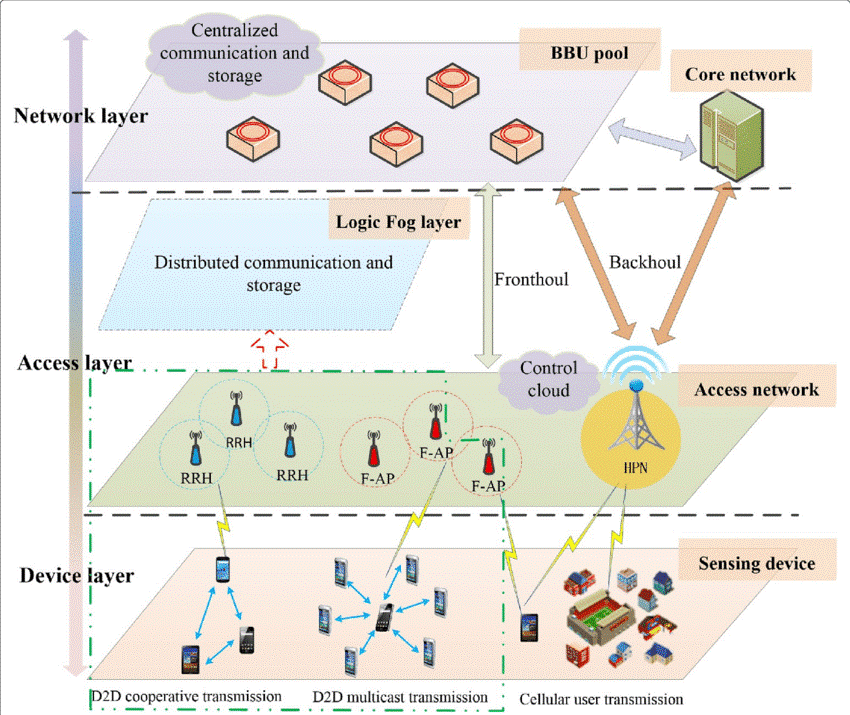EFFICIENT LOAD BALANCING TECHNIQUES FOR MOBILE FOG NETWORKS IN THE FOG LAYER: A REVIEW
Keywords:
Internet of Things (IoT), Cloud Computing, Fog Networks (FogNets), Load balancing, Fog layer, Mobile Fog Networks, Fog Computing EnvironmentsAbstract
The proliferation of Internet of Things (IoT) devices has significantly increased the demand for cloud services, leading to the emergence of Mobile Fog Networks (FogNets) as an effective paradigm for edge processing. This paper reviews efficient load-balancing techniques within the Fog layer, focusing on their ability to handle increasing workloads and ensure optimal resource utilization. A total of forty (40) peer-reviewed articles published between 2020-2025 were systematically reviewed using a descriptive and comparative analysis approach. The findings reveal that heuristic-based, hybrid, and machine learning driven load-balancing methods demonstrate superior performance in terms of response time, energy efficiency, and latency reduction. However, most existing studies rely on simulation-based evaluation and lack real-world deployment validation. The review concludes that future research should emphasize adaptive, context-aware, and energy-efficient load-balancing strategies to enhance real-time service delivery in FogNets.

Published
How to Cite
Issue
Section
Copyright (c) 2025 Selumun Agber, Dr. M. B. Abdullahi, Dr. S. A. Bashir, Dr. O. A. Ojerinde

This work is licensed under a Creative Commons Attribution 4.0 International License.
How to Cite
Most read articles by the same author(s)
- Terseer Andrew Gaav, Beatrice O. Akumba, Samera U. Otor, Selumun Agber, UTILIZING LOGISTIC REGRESSION TO IDENTIFY HOUSEHOLD POVERTY STATUS IN BENUE STATE OF NIGERIA , FUDMA JOURNAL OF SCIENCES: Vol. 8 No. 3 (2024): FUDMA Journal of Sciences - Vol. 8 No. 3 (Special Issue)
- Malik Adeiza Rufai, Muhammad Bashir Abdullahi, Opayemi Aderike Abisoye, Oluwaseun Adeniyi Ojerinde, UTILIZING A FUSION OF MACHINE LEARNING TECHNIQUES FOR DIABETES MELLITUS SUBTYPES CLASSIFICATION AND IDENTIFICATION , FUDMA JOURNAL OF SCIENCES: Vol. 8 No. 3 (2024): FUDMA Journal of Sciences - Vol. 8 No. 3 (Special Issue)
- Joseph Ndagatsa Mamman, Muhammad Bashir Abdullahi, John Kolo Alhassan, Opeyemi Aderike Abisoye, Oluwaseun Adeniyi Ojerinde, A BLOCKCHAIN-DRIVEN VAT COMPLIANCE MODEL USING HYPERLEDGER FABRIC AND MONTE CARLO SIMULATIONS , FUDMA JOURNAL OF SCIENCES: Vol. 8 No. 6 (2024): FUDMA Journal of Sciences - Vol. 8 No. 6 (Special Issue)




